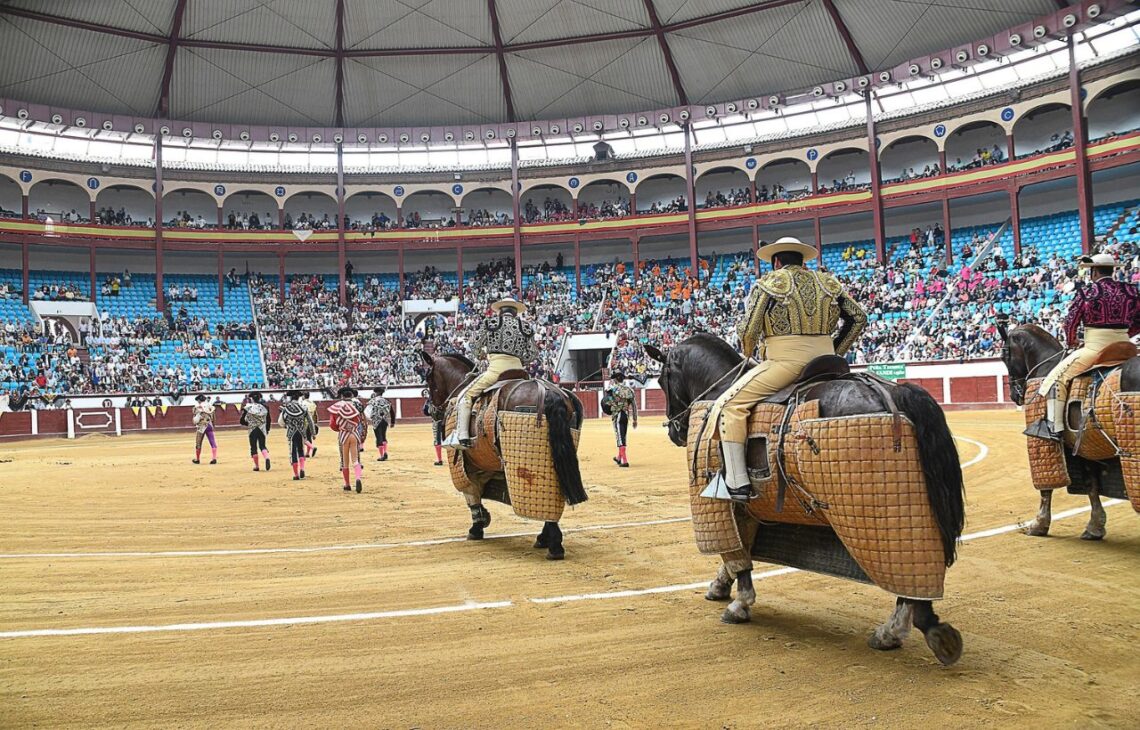
The music of Madrid bullfighting and its role in the spectacle
In Madrid bullfighting, music plays an integral part in creating the spectacle and atmosphere of the event. It is known as the “paseíllo,” which translates to “little walk,” and it is the opening procession of the bullfight.
The paseíllo is accompanied by a brass band, which plays traditional Spanish music. The music sets the tone for the event and creates a sense of anticipation and excitement for the crowd. The first piece played is the “pasodoble,” a lively two-step march that signals the start of the bullfight.
During the bullfight itself, the band continues to play music, providing a soundtrack for the action in the ring. The music reflects the mood of the bullfight, with slow and mournful pieces played when a bull is killed and more upbeat pieces played during moments of triumph.
One of the most famous pieces of music played during a bullfight is “La Virgen de la Macarena.” This stirring trumpet solo is played during the moment when the bullfighter is about to deliver the final blow, and it is considered a highlight of the event.
The role of music in Madrid bullfighting goes beyond entertainment. It is also used to communicate with the bullfighter and his team. The band plays specific pieces to signal certain actions, such as the “clarín” to announce the start of the third and final stage of the bullfight.
In conclusion, the music of Madrid bullfighting is an integral part of the spectacle and adds to the overall atmosphere of the event. It reflects the mood of the bullfight and provides a soundtrack for the action in the ring. From the lively pasodoble to the mournful music played during the killing of the bull, music plays an important role in Madrid bullfighting.